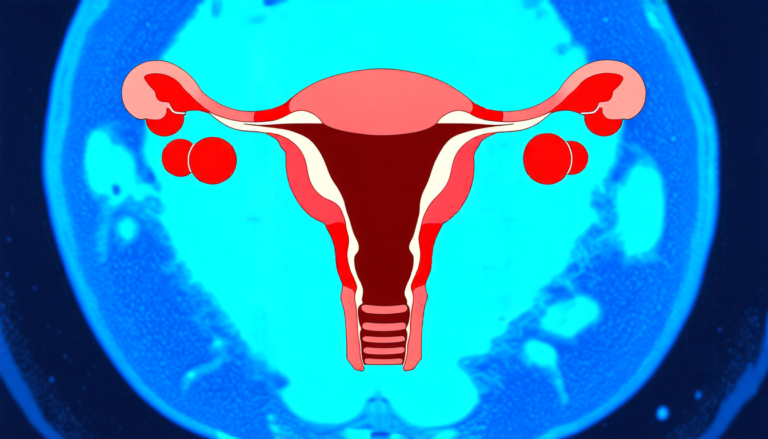Thursday 10 April 2025
The quest for accurate graph annotation has long been a challenge in the field of machine learning. Graphs are used to represent complex relationships between objects, and annotating these graphs is crucial for training effective models. However, this process can be time-consuming and expensive, especially when dealing with large datasets.
A recent study has proposed a novel approach that leverages the power of crowdsourced annotations and large language models to enhance graph annotation accuracy. The method, dubbed Crowdsourced Homophily Ties Based Graph Annotation via Large Language Model (CSA-LLM), combines the strengths of human annotations with the capabilities of machine learning algorithms.
The key innovation behind CSA-LLM is its focus on homophily ties – connections between nodes in a graph that share similar characteristics. By emphasizing these relationships, the approach can learn from the structural context within the graph, leading to more accurate and reliable annotations.
To achieve this, the method constructs prompts based on textual information from subgraphs centered around each node. These prompts are then used to generate annotations from large language models, which serve as a crowd of annotators. The final annotation for each node is derived by aggregating the outputs from multiple annotators.
The study demonstrates that CSA-LLM outperforms traditional methods in both accuracy and efficiency. By leveraging the collective power of crowdsourced annotations and large language models, the approach can significantly reduce the need for human labor while maintaining high-quality results.
One of the most promising aspects of CSA-LLM is its ability to adapt to different graph structures and sizes. The method’s reliance on homophily ties allows it to learn from the unique characteristics of each graph, making it a versatile tool for a wide range of applications.
The implications of this research are far-reaching. With the ability to accurately annotate large graphs in a more efficient manner, researchers can focus on developing more sophisticated machine learning models that can tackle complex tasks such as node classification and link prediction.
As the field of artificial intelligence continues to evolve, it is crucial that we develop innovative solutions that can effectively handle the complexities of real-world data. CSA-LLM represents a significant step forward in this direction, offering a powerful tool for graph annotation that can be applied across various domains.
Cite this article: “Unlocking Graph Neural Networks with Crowdsourced Annotations and Large Language Models”, The Science Archive, 2025.
Machine Learning, Graphs, Annotation, Crowdsourcing, Large Language Models, Homophily Ties, Node Classification, Link Prediction, Artificial Intelligence, Data Annotation







